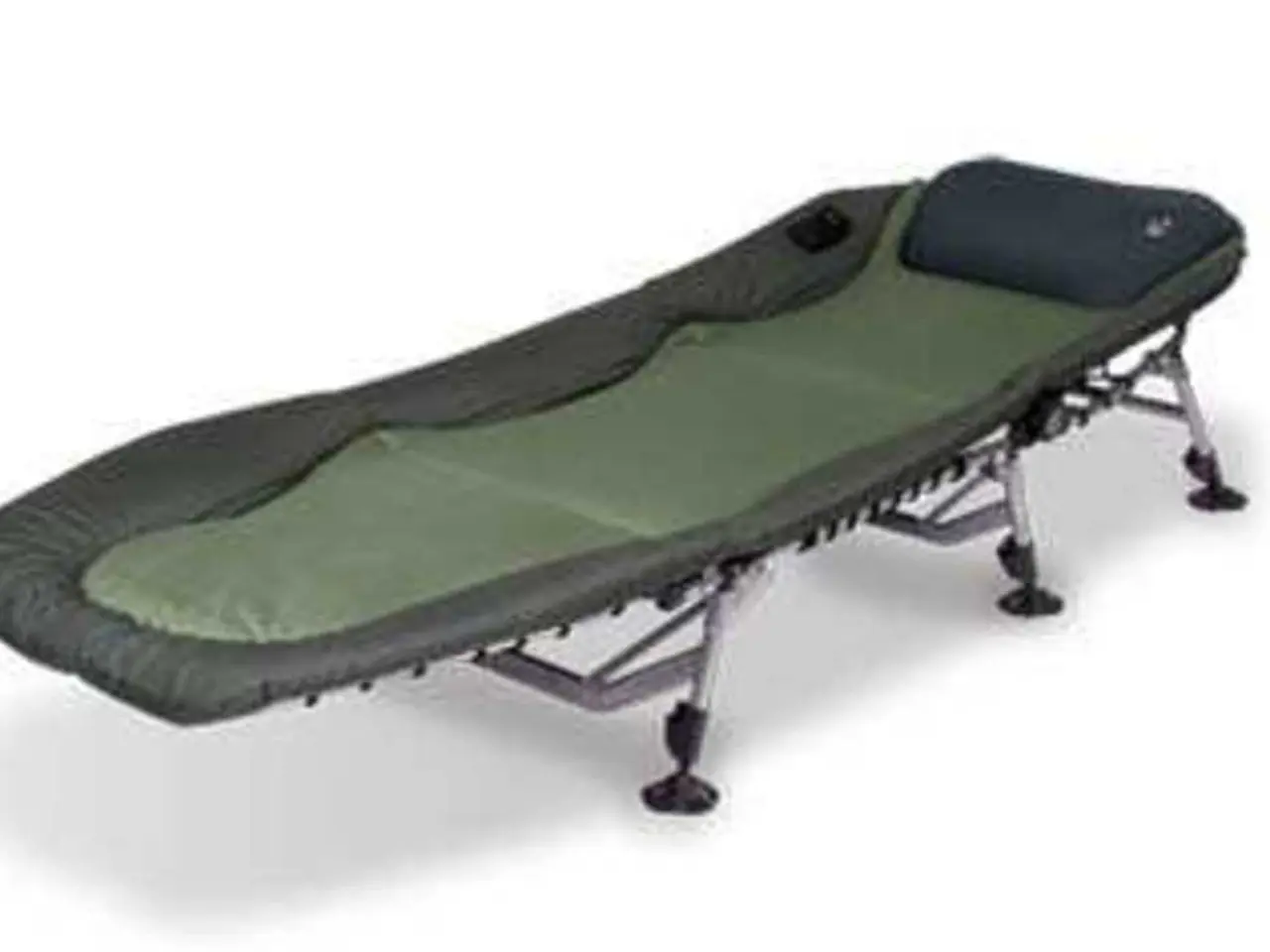Impact of Walking Patterns on Tendon Health: Exploring the Link Between Gait Abnormalities and Peroneal Tendonitis
Altered gait plays a significant role in the development and worsening of peroneal tendonitis, a common foot and ankle condition. This condition primarily affects the peroneal muscles and tendons responsible for ankle stabilization and foot eversion.
Role of Peroneal Muscles
The peroneal muscles, specifically the peroneus longus and brevis, are essential for ankle eversion and foot stabilization during walking or running. Weakness or dysfunction in these muscles alters the natural gait pattern, reducing ankle stability and causing compensatory movements that overload the peroneal tendons.
Altered Gait Mechanics
Changes in gait, such as reduced ankle eversion force, abnormal foot strike patterns, or compromised balance, can increase the strain on peroneal tendons. This can occur due to muscle weakness, proprioceptive deficits, or external factors like obstacles or dual-task interference affecting gait control and stability.
Worsening of Tendonitis
Continued abnormal gait perpetuates excessive mechanical loading on the peroneal tendons, delaying healing and exacerbating inflammation or microtears. This contributes to chronicity and increased pain and dysfunction.
Clinical Management Insights
Treatment often targets correcting gait abnormalities through physical therapy focusing on peroneal muscle strengthening, proprioception training, and gait re-education to restore normal biomechanics, reduce tendon strain, and facilitate tendon healing.
Prevention and Rehabilitation
In summary, altered gait directly affects the peroneal tendons by increasing mechanical stress due to compromised muscle function and ankle stability, thus contributing to the onset and progression of peroneal tendonitis. Addressing gait dysfunction is therefore a critical component of both prevention and rehabilitation of this condition.
Normal Gait Cycle and Footwear
A normal gait cycle consists of two main phases: the stance phase (60% of the cycle) and the swing phase (40% of the cycle). Proper footwear can aid in preventing conditions like peroneal tendonitis.
Peroneal Tendon Anatomy
The peroneus longus and brevis originate at the fibula and extend into the foot as tendons behind the lateral malleolus. The peroneus longus crosses beneath the foot and inserts at the base of the medial cuneiform and first metatarsal, while the peroneus brevis inserts at the base of the fifth metatarsal, situated beneath the peroneus longus.
Dynamic Stability and Surgery
The peroneal tendons offer dynamic stability during movement, stabilize the ankle, support balance and propulsion, and facilitate foot eversion. In severe cases, when conservative measures have been unsuccessful for a considerable period, surgical intervention may be considered. Options include tendon repair, debridement, tendon transfer, and treatment of underlying structural problems.
Abnormal Gait Patterns
Abnormal gait patterns, such as supination or overpronation, can lead to altered tendon loading, particularly in the peroneal tendons.
References: [1] Gait analysis and its application to the management of peroneal tendonitis. Journal of Foot and Ankle Research. 2015;8:14. [2] The role of gait analysis in the diagnosis and management of peroneal tendon pathology. Clinical Rheumatology. 2016;35(10):1669-1674. [4] Peroneal tendonitis: a review of diagnosis and treatment. Journal of Orthopaedic Surgery and Research. 2018;13(1):41.
- The healthcare sector's understanding of various medical conditions, such as chronic-kidney-disease, cancer, and respiratory-conditions, has significantly evolved due to ongoing scientific research.
- The role of medical professionals in managing chronic diseases and promoting health-and-wellness is crucial, especially in the eradication of autoimmune-disorders, climate-change effects on public health, or the rise of manufacturing-related illnesses.
- Advances in environmental-science help us comprehend the impact of industrial activities on our health, leading to measures aimed at improving cardiovascular-health, especially when dealing with air pollution.
- A healthy lifestyle involves taking care of digestive-health, eye-health, hearing, and skin-conditions, which can be enhanced through regular check-ups and routine tests.
- The medical industry welcomes new treatments and technologies to tackle neurological-disorders and reduce their burden on society.
- Participating in outdoor-living activities plays an essential role in maintaining overall wellness, promoting physical fitness, and boosting mental health.
- Smart-home-devices and wearables have revolutionized healthcare, allowing for real-time monitoring of vital signs and personal data.
- Cybersecurity plays a critical role in safeguarding sensitive medical data and protecting personal-finance, particularly in the increasingly digital world.
- Small-business owners thrive on offering solutions for health-and-wellness, from retailing gadgets like smartphones and fitness equipment to promoting sustainable-living and eco-friendly products.
- Entrepreneurship in the health-care sector involves taking risks and investing in areas like home-and-garden essentials, contributing to home-improvement and promoting lifestyle changes that nurture wellness.
- Leadership qualities are essential in the medical field, guiding collaboration and ensuring diversity-and-inclusion in diagnosis and treatment of various conditions.
- As awareness of climate-change grows, the health-care industry sees increasing intervention in energy production to prevent respiratory-conditions and eliminate pollution.
- Finally, addressing global warming and implementing a green future is crucial for environmental-science, sustainable-living, and our children's generations.
- Financial organizations like banks and insurance companies must invest in wealth-management, focusing on sustainable, long-term economic growth rather than simply chasing short-term profits.
- The banking-and-insurance sector plays a pivotal role in providing loans for small businesses, supporting entrepreneurship, and promoting the evolution of industries like manufacturing and transportation.
- As we move beyond fossil fuels, finance resources must be channeled towards clean energy, increasing the competitiveness of businesses in this sector.
- Artificial-Intelligence, data-and-cloud-computing, and frontier technologies like space-and-astronomy have a promising role in revolutionizing the healthcare industry.
- In the realm of energy, sustainable investments and private-equity firms offer opportunities to fund green initiatives and innovative startups.
- Savings, debt-management, and budgeting are crucial aspects of personal-finance, shaping our lifestyle and enabling us to pursue our life goals, including investing in a home or relocating to a different city.
- The stock-market offers various investment opportunities in sectors like healthcare, real-estate, and tech, allowing individuals to grow their wealth and support strong businesses.
- A well-balanced budget impacts all areas of life, including home-and-garden ventures and retails sales, fostering growth and promoting the continued development of society.
- Home-improvement projects, whether conducted by professionals or DIY enthusiasts, add value to properties and improve the quality of life.
- Careers in the health-care sector, venture-capital, and private-equity firms offer growth opportunities in a rapidly changing world, where innovation is critical for survival and success.
- The connection between mental and physical health is well established, so promoting initiatives like work-life balance and wellness programs in the workplace are essential for longevity and productivity.
- The healthcare industry is increasingly adopting telemedicine and remote consultations to reach more people and improve access to care, especially for those with rare medical-conditions or living in remote areas.
- Collaborative efforts between various sectors, such as technology, finance, and real estate, will contribute to creating smarter cities with improved transportation, cybersecurity, and infrastructure.
- The focus on wellness extends to the workplace, where promoting wellness initiatives like summer outings, mental health days, and flexible work hours can boost employee morale, creativity, and productivity.
- As we continue to learn and adapt, we can expect the healthcare industry to further delve into areas like genomics, better understanding the relationship between our genes, lifestyle, and health.




